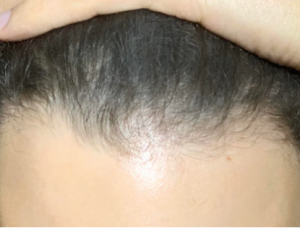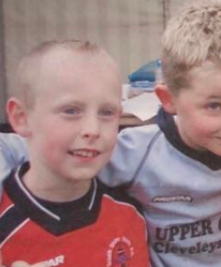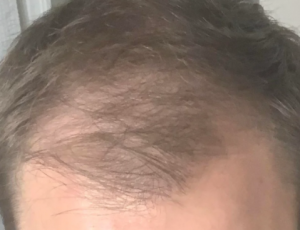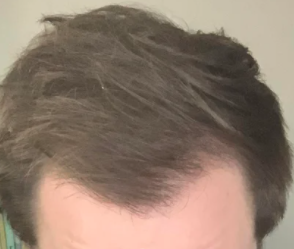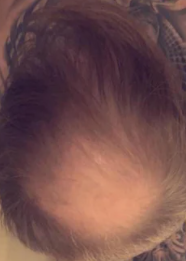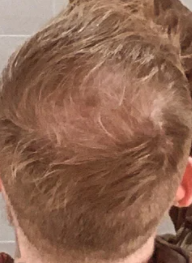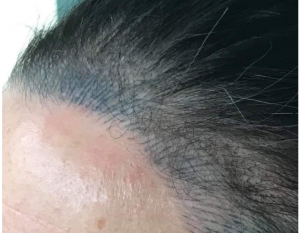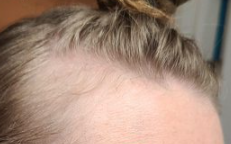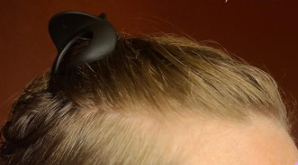Dr Rassman I’m young with agressive AGA Norwood 5 and i need Finasteride it’s helped me for 4 years now. Do you think they will take it off the market? I’m really nervous I don’t want them to take it away from me! https://www.reuters.com/legal/litigation/group-sues-have-hair-loss-drug-propecia-pulled-market-2021-09-08/
I doubt it will come off the market anytime soon. Court battles like this take 20 years or so. This drug is also used for Prostate hypertrophy in men over 50, so I doubt it will even be pulled.

